Mount Kilimanjaro is the tallest mountain on the African continent and the highest free-standing mountain in the world.
Kilimanjaro has three volcanic cones, Mawenzi, Shira and Kibo. Mawenzi and Shira are extinct but Kibo, the highest peak, is dormant and could erupt again. The most recent activity was about 200 years ago; the last major eruption was 360,000 years ago.
About the trek terrain
Mount Kilimanjaro was born from catastrophic movements in the earth’s crust that created the Great Rift Valley. Kilimanjaro is one of the world’s most reachable high summits. Most visitors will reach the crater rim with little more than a walking stick, proper clothing and determination. And those who reach Uhuru Point, the actual summit, or Gilman’s point on the lip of the crater, will have earned their climbing certificates.
The ascent of the slopes is a virtual climactic world tour from the tropics to the arctic. The cultivated foot-slopes give way to a lush montane forest inhabited by elusive elephant, leopard, buffalo, the endangered Abbot’s duiker and other small animals and primates. Higher still lay the moorland zone, where a cover of giant heather is studded with otherworldly giant lobelias.
Above 4000m, a surreal alpine forest supports little life other than a few hardy mosses and lichen. Then, finally, the last vestigial vegetation gives way to a winter wonderland of ice and snow and the wonderful beauty of the roof of the African continent.
Whether or not your intent is to scale the peak, Kilimanjaro will fascinate you at every level.
We take the MARANGU route :
There are seven official routes on Mount Kilimanjaro, six of which are used for ascent (Machame, Umbwe, Marangu, Shira, Lemosho, Rongai), and one of which is used for descent only (Mweka).
The Marangu Route is the oldest on Kilimanjaro and is also one of the most popular – mainly because it is the only route on the mountain that has huts provided for hikers. There are 60 bunk beds each at Mandara and Kibo Huts, and 120 bunk beds at Horombo Hut.
The Marangu route, also known as the “Coca-Cola” route.
See pics of last expedition to Mt. Kilimanjaro
Day 1 - Arrival at Kenya Airport -Visa formalities - transfer to Arusha/Moshi
Day 2 - At Arusha - Prepare for the trek
Day 3 - Marangu Gate (5,900 ft. / 1,800 m) ~ Mandara Hut (8,860 ft. / 2,700 m)
Day 4 - Mandara Hut ~ Horombo Hut (12,200 ft. / 3,720 m)
Day 5 - Horombo Hut ~ Acclimatization Day
Day 6 - Horombo Hut ~ Kibo Hut (15,430 ft. / 4,703 m)
Day 7 - Kib Hut ~ Uhuru Peak (19,340 ft. / 5,895 m) ~ Horombo Hut (12,200 ft. / 3,720 m)
Day 8 - Horombo Hut ~ Marangu Gate (5,900 ft. / 1,800 m) ~ Arusha / Moshi
Day 9 - Arusha to Nairobi - return flight to India
| INCLUDED | Airport Transfers | Activity point transfers |
| Accommodation on BB basis (twin sharing) | Mountain, park, campsite, hut and emergency rescue fees | |
| LAFL service charges | Professional mountain guides* | |
| Cooks and porters* | Camping equipment and gears* | |
| All meals while trekking | Visa (Tanzanian) | |
| NOT INCLUDED | All beverages (including bottled mineral water) | All insurance |
| Camera fees and tips | Sightseeing out of itinerary | |
| Emergency transport cost | Personal expenses | |
| Taxes | Visa | |
| Sleeping bags | Personal trekking gear | |
| Emergency transport costs | Excursions not detailed above | |
| Visa on arrival (Kenyan) | All not mentioned in the ‘Included’ section |
Please note that cancellation charges are calculated of the total amount payable and not of advance amount. If 100% of the amount is not paid while registering, the cancellation policy stands void.

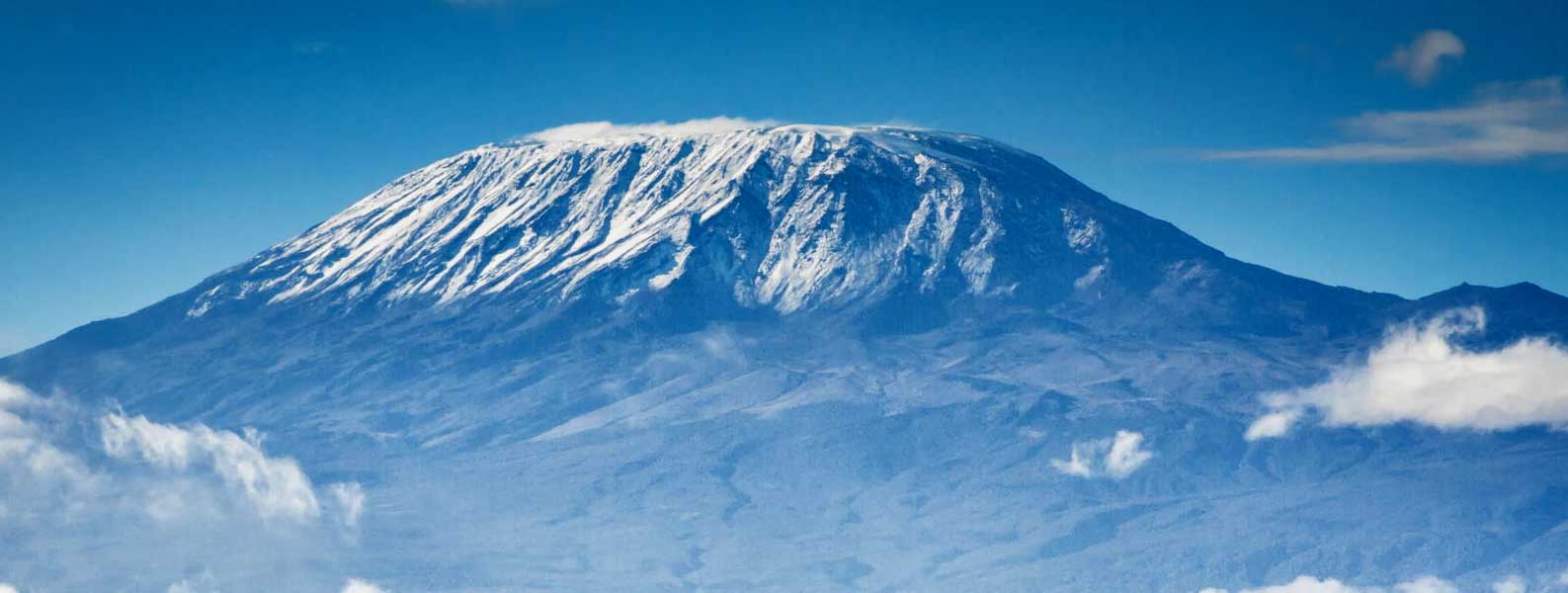
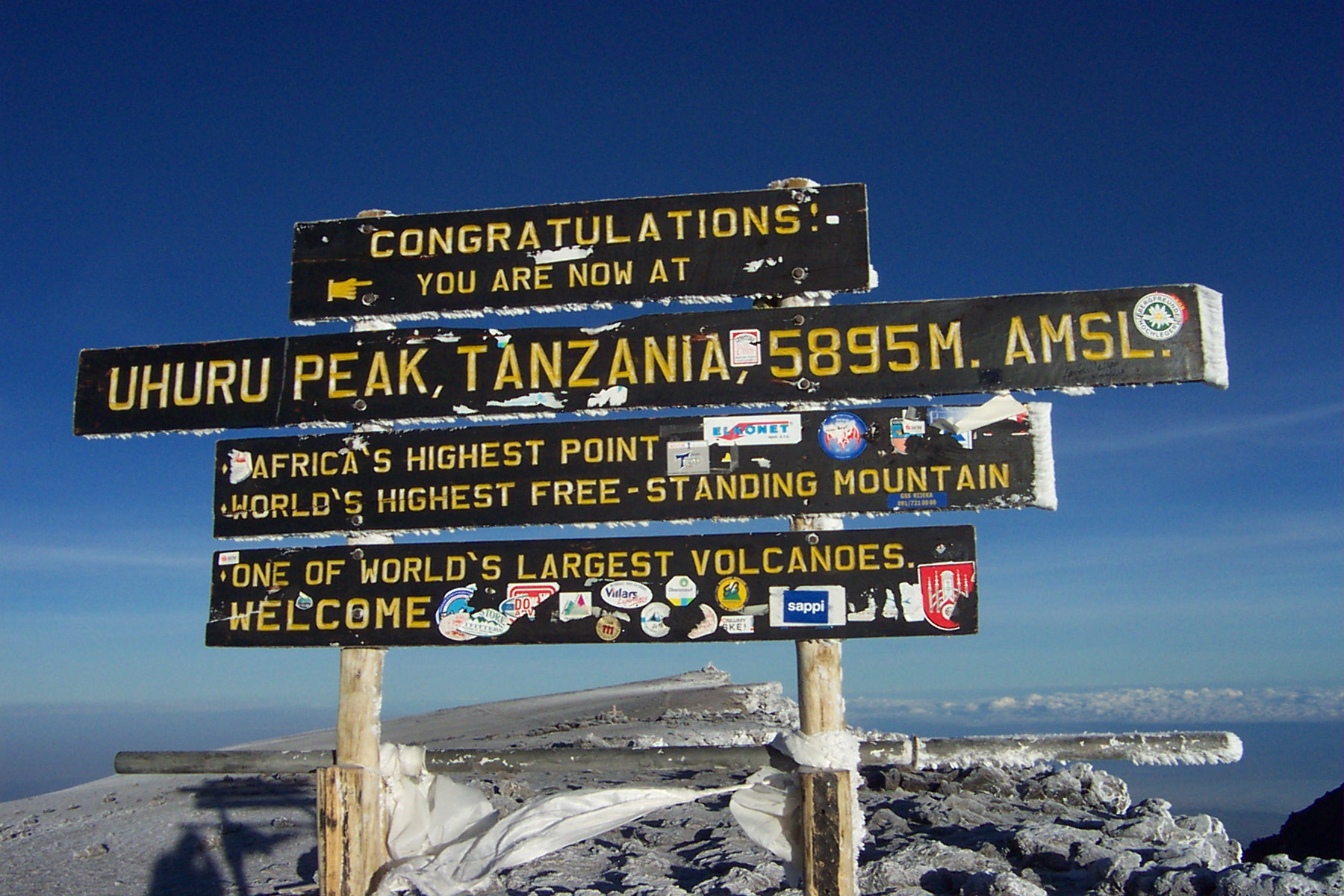
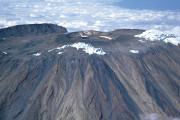
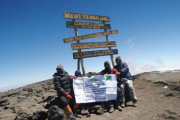
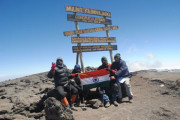
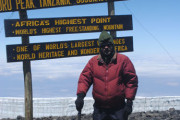
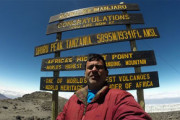
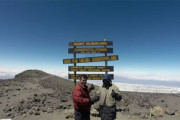
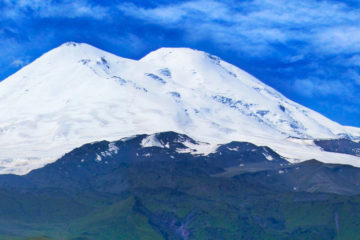
Tour Reviews
There are no reviews yet.
Leave a Review